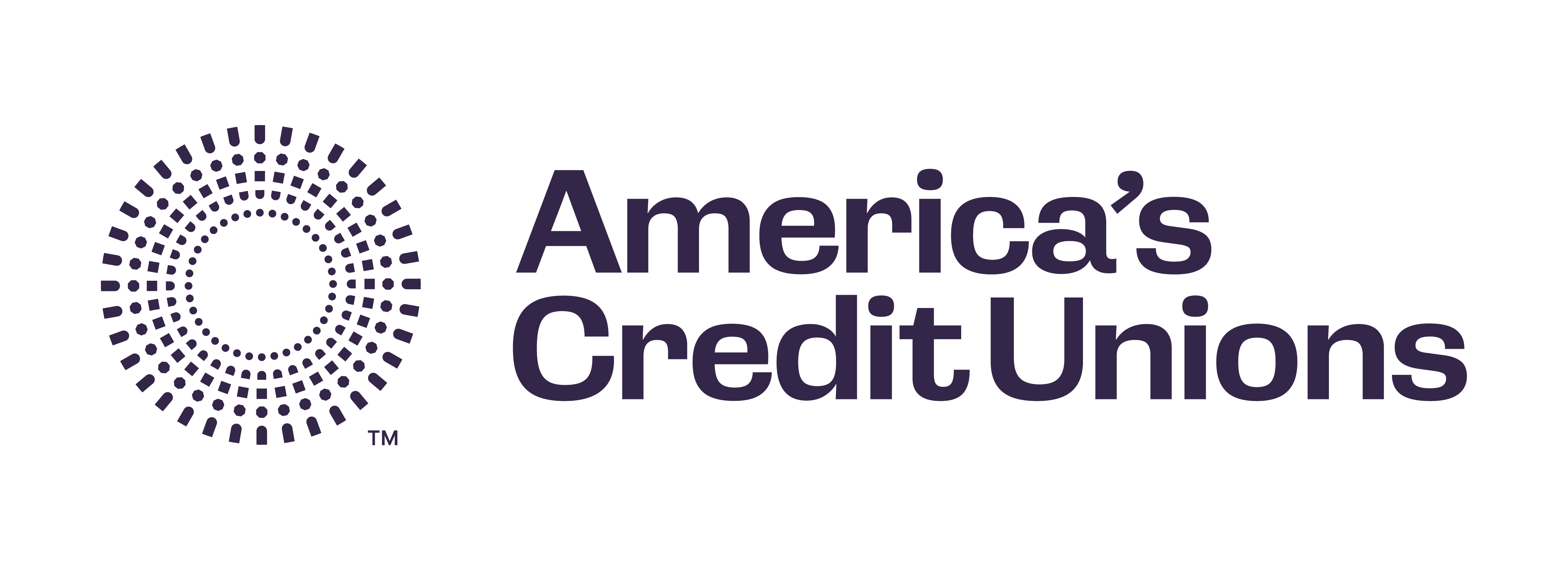Newsroom
Economy grew 2.6% in Q4; 2019 growth not expected to slow

The U.S. economy grew 2.6 percent in the fourth quarter of 2018, according to the Commerce Department's first estimate. While growth slowed, it "came in firmer than expected," noted NAFCU Chief Economist and Vice President of Research Curt Long in a NAFCU Macro Data Flash report.
"Prior to the release, the Atlanta Federal Reserve Bank's GDPNow model had produced a forecast of 1.8 percent. Although a growth rate of 2.6 percent is solid and in line with figures over the bulk of the recovery, it does represent a slowdown from earlier in the year and likely reflects the fading impact of the fiscal stimulus," added Long. "However, NAFCU does expect growth to continue to slow this year, and a recession in 2020 is possible."
The Commerce Department's data revealed that consumer spending grew by 2.8 percent and remains the primary driver of the economy. Business investment growth accelerated to 6.2 percent despite headwinds from declining business sentiment and oil production. Residential investment declined by 3.5 percent during the quarter.
Contributions to growth of real GDP came from gains in personal consumption expenditures (+1.9 percent), business investment (+0.8 percent), inventory accumulation (+0.1 percent) and government spending (+0.1 percent). Net exports reduced growth by 0.2 percent, as did residential investment (-0.1 percent).
Personal consumption expenditure (PCE) inflation, the Fed’s preferred inflation metric, decreased from 1.6 percent in the third quarter to 1.5 percent in the fourth quarter. However, core PCE inflation (excluding food and energy) accelerated from 1.6 percent to 1.7 percent over that time.
Fourth quarter measures for real gross domestic income and nominal corporate profits are not yet available, and will be included in future GDP releases.
Share This
Related Resources
Add to Calendar 2024-06-26 14:00:00 2024-06-26 14:00:00 Gallagher Executive Compensation and Benefits Survey About the Webinar The webinar will share trends in executive pay increases, annual bonuses, and nonqualified benefit plans. Learn how to use the data charts as well as make this data actionable in order to improve your retention strategy. You’ll hear directly from the survey project manager on how to maximize the data points to gain a competitive edge in the market. Key findings on: Total compensation by asset size Nonqualified benefit plans Bonus targets and metrics Prerequisites Demographics Board expenses Watch On-Demand Web NAFCU digital@nafcu.org America/New_York public
Gallagher Executive Compensation and Benefits Survey
preferred partner
Gallagher
Webinar
Add to Calendar 2024-06-21 09:00:00 2024-06-21 09:00:00 The Evolving Role of the CISO in Credit Unions Listen On: Key Takeaways: [01:30] Being able to properly implement risk management decisions, especially in the cyber age we live in, is incredibly important so CISOs have a lot of challenges here. [02:27] Having a leader who can really communicate cyber risks and understand how ready that institution is to deal with cyber events is incredibly important. [05:36] We need to be talking about risk openly. We need to be documenting and really understanding what remediating risk looks like and how you do that strategically. [16:38] Governance, risk, compliance, and adherence to regulatory controls are all being looked at much more closely. You are also seeing other technology that is coming into the fold directly responsible for helping CISOs navigate those waters. [18:28] The reaction from the governing bodies is directly related to the needs of the position. They’re trying to help make sure that we are positioned in a way that gets us the most possibility of success, maturing our postures and protecting the institutions. Web NAFCU digital@nafcu.org America/New_York public
The Evolving Role of the CISO in Credit Unions
preferred partner
DefenseStorm
Podcast
AI in Action: Redefining Disaster Preparedness and Financial Security
Strategy
preferred partner
Allied Solutions
Blog Post
Get daily updates.
Subscribe to NAFCU today.
